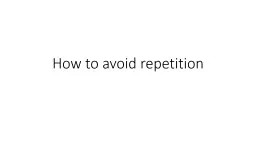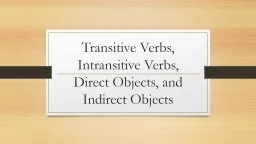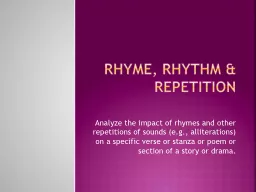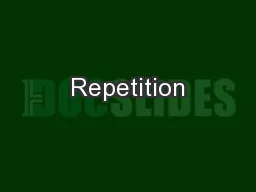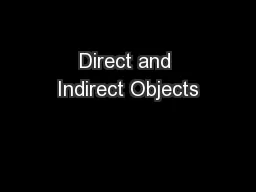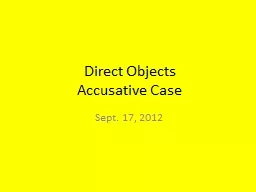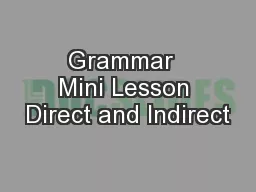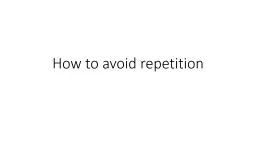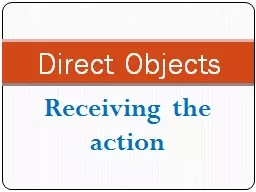PPT-How to avoid repetition Direct objects are the people or things in a sentence which receive
Author : celsa-spraggs | Published Date : 2018-12-04
To find the direct object in a sentence ask the question Who or What I see Pierre Je vois Pierre Who do I see Pierre Im eating the bread Je
Presentation Embed Code
Download Presentation
Download Presentation The PPT/PDF document "How to avoid repetition Direct objects a..." is the property of its rightful owner. Permission is granted to download and print the materials on this website for personal, non-commercial use only, and to display it on your personal computer provided you do not modify the materials and that you retain all copyright notices contained in the materials. By downloading content from our website, you accept the terms of this agreement.
How to avoid repetition Direct objects are the people or things in a sentence which receive: Transcript
Download Rules Of Document
"How to avoid repetition Direct objects are the people or things in a sentence which receive"The content belongs to its owner. You may download and print it for personal use, without modification, and keep all copyright notices. By downloading, you agree to these terms.
Related Documents

